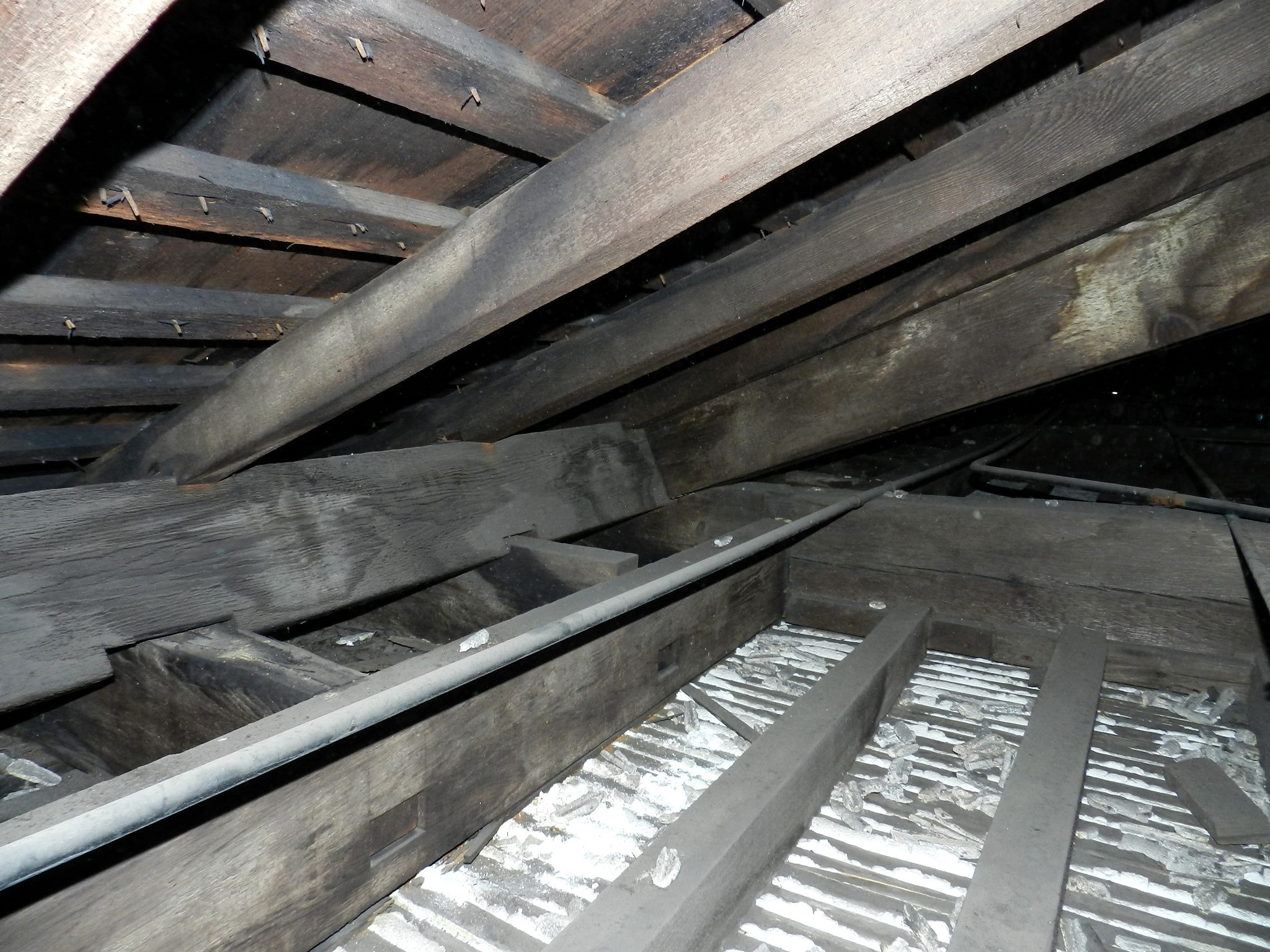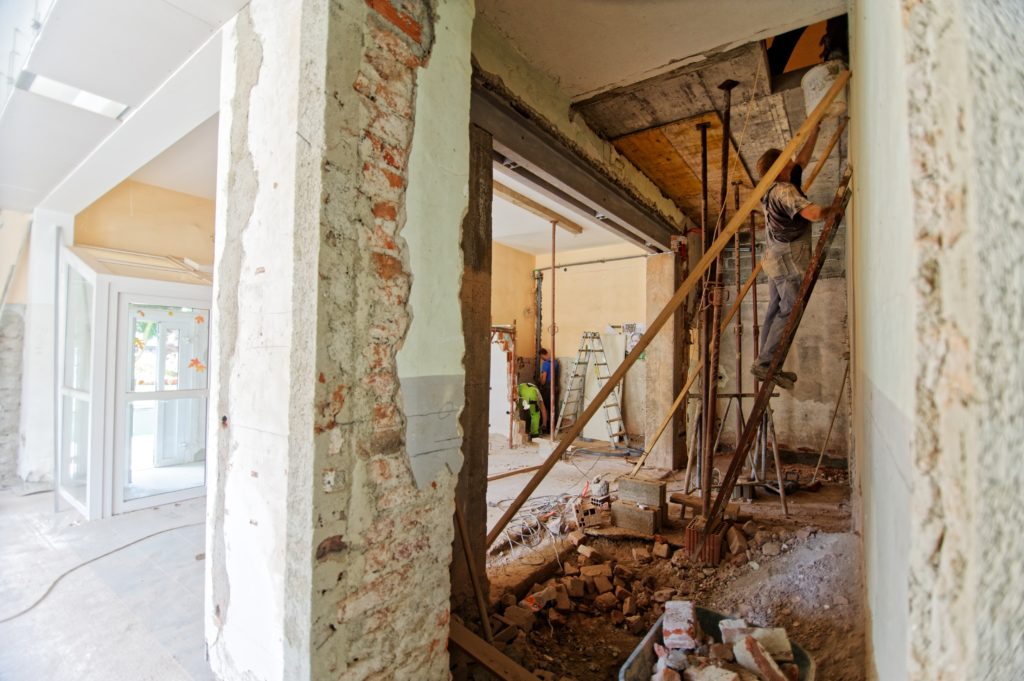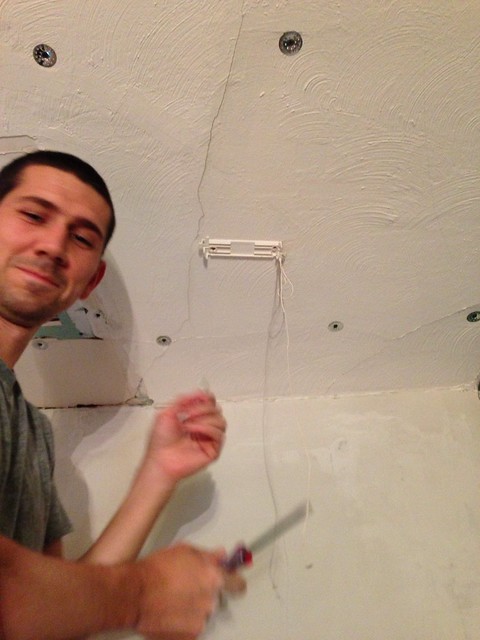Repair Lath Plaster Ceiling Step Through Attic Broken Lath

Restoring original plaster how to repair lath and broken plaster duration.
Repair lath plaster ceiling step through attic broken lath. Use a drywall compound and a putty knife to spread a thick layer of mud over the screws image 2 after it is dry put on another coat. Snap off the temporary tabs from the repair clips. Dampen the laths and the surrounding plaster using a wet brush or water spray and then apply a coat of render onto the laths making sure that render goes through between the laths to provide a grip. A lath and plaster ceiling can be left in place and over boarded with plasterboard using long drywall screws through the existing lath and plaster into the joists not ideal but quite commonly done.
This will help the compound form a bond and prevent it from falling away later. Sand down any excess drywall compound and then prime. Mix the plaster filler as directed to by the instructions that come with it. Keep the level of the render well below the surface level of the surrounding plaster to allow space for the floating and setting layers.
Insert the wallboard patch into the hole and drive screws through the wallboard patch into each wallboard repair clip. To prepare for applying the filler try to undercut the plasterwork at the edges so that there is a good grip available for the new filler. Step 1 repairing small or medium sized holes if you have areas that need to be repaired that are smaller than a few inches in size you can fix this with a simple plaster or paris mixture. Use a spray bottle to lightly moisten the area around the hole.
When the tape and first coat are dry apply a second smoothing coat. Mud the other patches and repaired areas with the drywall compound. First you should be sure to clean the surface from any loose plaster. Fasten as many screws as needed to the ceiling to secure the plaster to the lath image 1.
Repair lath plaster after stepping through the ceiling kirk giordano plastering inc. Use your drill to drive the screw into the sagging plaster a few inches from the edge of any holes you created in step 1. Apply wallboard tape and wallboard compound to all four sides of the patch. A popular way is to drill 4mm holes slightly countersink the holes vacuum then squirt a thin adhesive into the hole followed by the drywall screw.














































